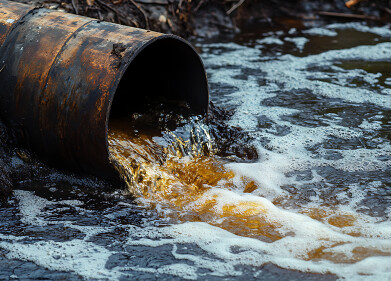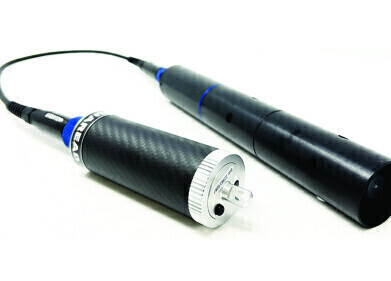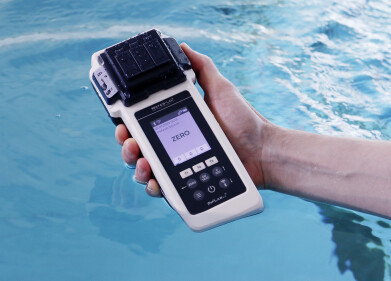Water/Wastewater
eReefs — Monitoring the Great Barrier Reef at Home
Jul 24 2015
The Great Barrier Reef (GBR) rightly takes its place among the seven wonders of the natural world — achieving UNESCO World Heritage status in 1981. The GBR covers 348,000 square kilometres (the size of Germany) and is the only living thing visible from space. With its vast size and many different habitats — ranging from islands over 1000 m in height to depths of 2000 m — it is one of the most complex ecosystems on Earth and home to many unique species.
Pressures on the reef
But the GBR is not immune from the effects of mankind — with UNESCO considering whether to place the GBR on a World Heritage ‘danger list’. Man-made climate change and local pressures have had an impact on the reef. An article published in the PNAS — The 27–year decline of coral cover on the Great Barrier Reef and its causes — reports that a combination of adverse weather, crown-of-thorns starfish and coral bleaching have caused a significant decline in coral cover over a 27-year period.
The majority of the damage was due to adverse weather conditions — tropical typhoons — and the eating habits of the crown-of-thorns starfish. By improving water quality and having other control measures, the actions of the starfish and local pressures can be reduced — but climate change must be addressed before the impact of bleaching and typhoons can be eased.
Arresting the decline with eReefs?
A project in Australia is looking to address the concerns people have with the decline of the reef. With stakeholders including national and state government, businesses and research agencies — eReefs.
But what is eReefs? According to the eReefs website:
eReefs will deliver web-based information platform to link environmental data and information on the movement and changes in water and water quality moving through catchments and into the Great Barrier Reef lagoon.
But eReefs could also be a powerful tool for environment improvement due to its open access and real-time data monitoring. With advances in computing power and data handling capabilities, eReef will offer better resolution providing real-time datalogging rather than a daily data reading being made — and with all the data available online, the public will be able to monitor and act on what is happening within the GBR catchment area.
By monitoring variables such as sediment flows, nutrients and pesticides as they make their way in local rivers to the Coral Sea — the public and the regulators will be able to spot pollution in the estuaries’ that feed into the GBR catchment area, aiding the regulators in taking action against the polluters.
The monitoring of water quality is a key area in maintaining a clean environment. Have a look at these articles that discuss the monitoring of water quality in the UK, Catching Up with Catchment Monitoring, and in Vietnam, Monitoring of Polluted Waters in Vietnam's Industrial Zones.
Image via By Toby Hudson (Own work), via Wikimedia Commons.
Digital Edition
AET 28.4 Oct/Nov 2024
November 2024
Gas Detection - Go from lagging to leading: why investment in gas detection makes sense Air Monitoring - Swirl and vortex meters will aid green hydrogen production - Beyond the Stack: Emi...
View all digital editions
Events
Dec 02 2024 London, UK
Dec 03 2024 Dusseldorf, Germany
Dec 11 2024 Shanghai, China
Jan 12 2025 Abu Dhabi, UAE
Jan 14 2025 Abu Dhabi, UAE








.jpg)










